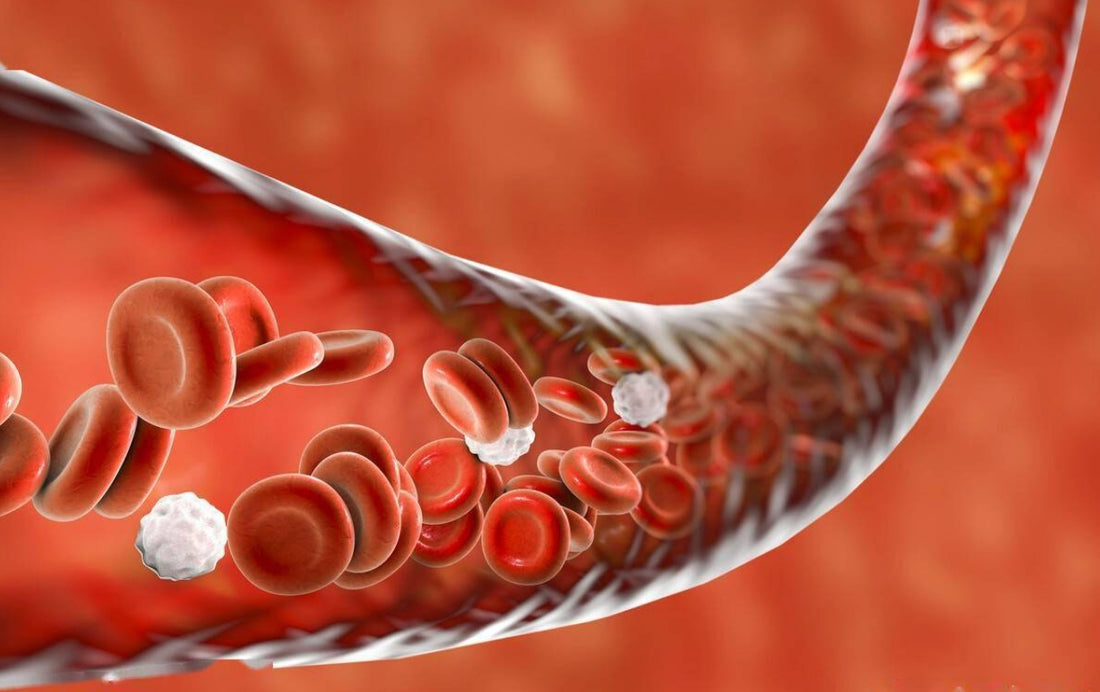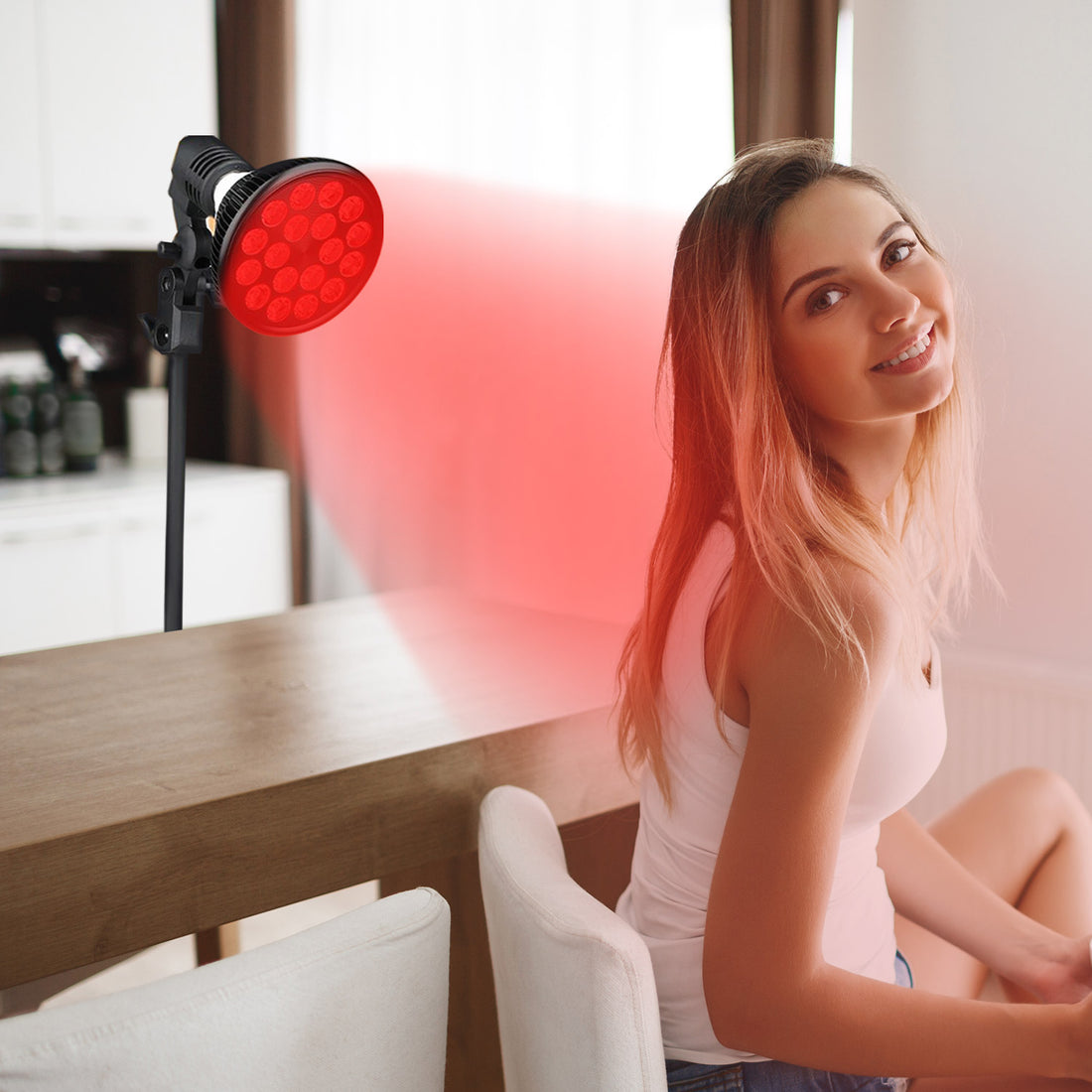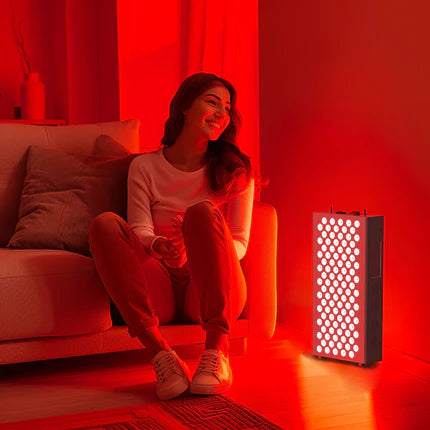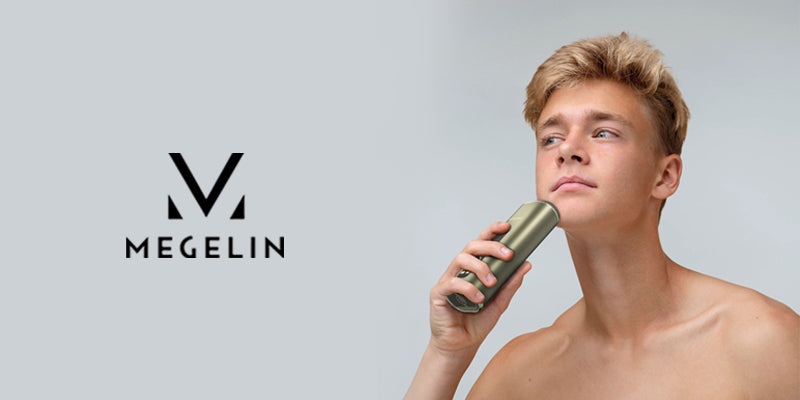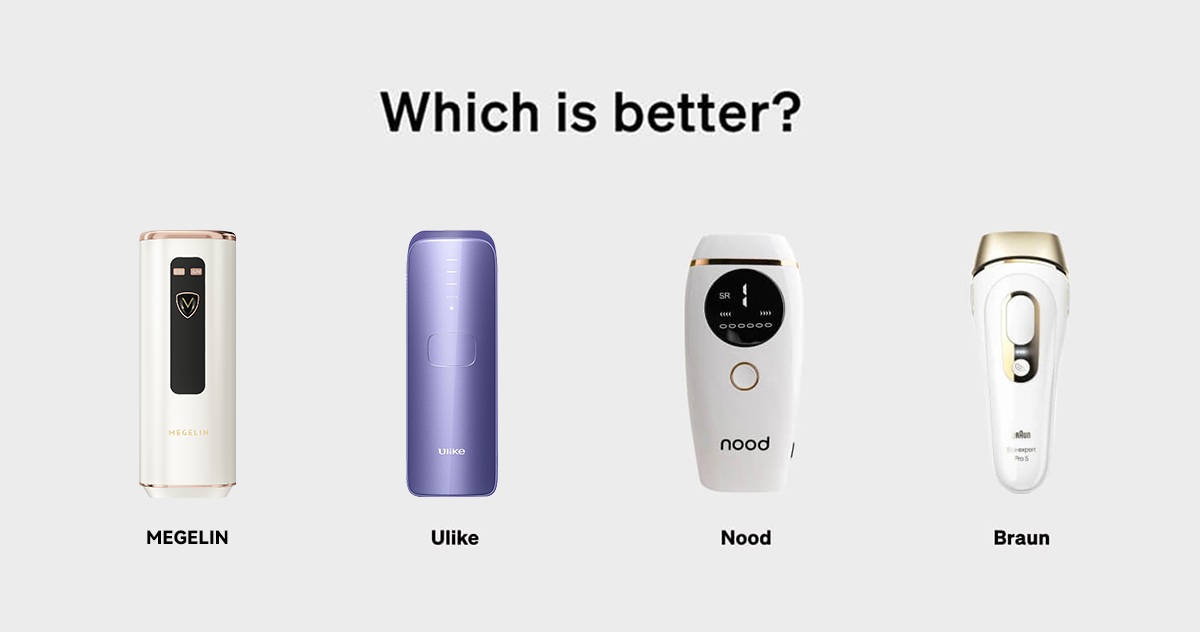
What is the Most Effective Pain Relief Patch?
2MegelinChronic pain affects millions of people worldwide, prompting a search for effective relief methods. Pain relief patches have gained popularity as a convenient and non-invasive solution for managing various types of discomfort. These patches offer localized treatment, delivering medication directly through the skin to target specific areas of pain.
Pain relief patches come in different forms, including lidocaine patches for nerve pain and knee pain relief patches for joint discomfort. Traditional options often contain analgesic or anti-inflammatory agents, but newer alternatives are emerging. Red light therapy, for instance, is making waves in pain management. This innovative and non-invasive approach uses specific wavelengths of light to reduce inflammation and promote healing without penetrating the skin or using medications, providing a gentle and safe alternative to conventional pain relief patches.
The Science Behind Pain Relief Patches
Pain relief patches utilize transdermal drug delivery, a method that allows medication to pass through the skin into the bloodstream. These patches consist of multiple layers, including a backing film, drug-containing layer, and adhesive. The stratum corneum, the outermost layer of skin, presents the greatest challenge for drug diffusion. To overcome this barrier, various enhancement techniques have been developed, such as microneedles, iontophoresis, and chemical enhancers.
However, while these traditional methods focus on drug delivery, red light therapy offers a different, non-invasive approach by using light to stimulate the body’s natural healing processes. This method avoids the need for chemical agents, making it an attractive alternative for pain relief, especially for those sensitive to or wishing to avoid medication.
Controlled Release Technology
Pain relief patches employ controlled release technology to deliver medication over an extended period. This approach helps maintain consistent drug levels in the body, avoiding the fluctuations often seen with oral dosing. The patch design, including its size and composition, influences the rate of drug delivery. Factors such as the drug's molecular weight, lipophilicity, and melting point also play crucial roles in determining its suitability for transdermal delivery.
Similarly, red light therapy offers a form of controlled relief through a non-invasive method. By regularly using red light therapy, users can maintain a consistent therapeutic effect, reducing pain and inflammation over time without the need for drugs.
Targeted Pain Relief
Transdermal patches offer targeted pain relief by delivering medication directly to the affected area. Different types of patches contain various active ingredients, such as lidocaine for nerve pain or diclofenac for inflammation. The choice of patch depends on the specific type and location of pain. By bypassing the gastrointestinal tract, transdermal delivery can reduce side effects and improve bioavailability compared to oral medications.
In contrast, red light therapy provides targeted relief by focusing on the specific areas where pain and inflammation occur. This non-invasive approach allows for precise treatment, particularly for conditions like joint pain, muscle strain, and even nerve pain, making it a versatile option alongside traditional pain relief patches.
Choosing the Right Pain Patch for Your Needs
Assessing Your Pain Type and Severity
Pain patches come in various forms, each designed for specific types of pain. Lidocaine patches, like Solanpas, are effective for neuropathic pain, while NSAID patches containing diclofenac epolamine, such as Flector, target inflammation. For severe chronic pain, opioid patches like Duragesic deliver potent relief. The Defense and Veterans Pain Rating Scale (DVPRS) can help assess pain severity, using faces, colors, and descriptors to provide a comprehensive evaluation.
Considering Medical History
When choosing a pain patch, it's crucial to consider one's medical history. Patients with a history of addiction or severe depression may be at higher risk for opioid dependence. For older patients, who often experience chronic pain, accurate self-reporting can be challenging, leading to potential undertreatment. It's essential to address both pain and any comorbid conditions, especially psychiatric disorders, for a comprehensive treatment plan.
Consulting with Healthcare Professionals
Consulting with healthcare professionals is vital in selecting the appropriate pain patch. They can help assess the nature of the pain, whether it's nociceptive, neuropathic, or centralized. Healthcare providers can also guide patients on proper usage, potential side effects, and drug interactions. They may recommend complementary treatments or alternative options like red light therapy, which offers a chemical-free, non-invasive approach to pain relief and can be used alongside other therapies.
Alternative Pain Management Options
Oral Medications
Non-opioid medications offer effective pain relief with fewer side effects. NSAIDs like ibuprofen and naproxen reduce inflammation and pain. Acetaminophen relieves mild to moderate pain without causing stomach issues. For nerve pain, medications like gabapentin and pregabalin may be prescribed.
Red light therapy is an emerging alternative that can be particularly effective for those who prefer to avoid or cannot tolerate oral medications. This non-invasive therapy reduces inflammation and promotes natural healing, offering a promising approach to pain management that can complement or even replace traditional oral medications.
Physical Therapy
Early physical therapy has been associated with reduced opioid use. Patients who underwent physical therapy soon after diagnosis were 7-16% less likely to use opioids in subsequent months. Physical therapy can improve function and reduce pain through education and exercise.
Acupuncture
Acupuncture has shown promise in managing chronic pain. It can help ease low-back, neck, and knee pain, as well as osteoarthritis pain. The practice involves inserting thin needles into specific points on the body to stimulate healing and pain relief.
Lifestyle Changes
Lifestyle modifications can significantly alleviate chronic pain symptoms. Regular exercise, even 20 minutes daily, can decrease inflammation and reduce pain. Mindfulness practices and yoga have been shown to lower pain intensity by influencing brain activity. Dietary changes to reduce inflammation may also contribute to pain management.
Conclusion
Pain relief patches have emerged as a convenient and effective solution for managing various types of discomfort. These patches offer targeted treatment, delivering medication directly through the skin to specific areas of pain. From lidocaine patches for nerve pain to NSAID patches for inflammation, the range of options allows for personalized pain management. The choice of patch depends on the type and severity of pain, as well as individual medical history.
While traditional pain relief patches continue to be widely used, new technologies like red light therapy are making waves in pain management. Red light therapy uses specific wavelengths of light to reduce inflammation and promote healing, offering a non-invasive alternative to conventional patches. This innovative approach, along with other pain management options such as physical therapy and lifestyle changes, highlights the evolving landscape of pain relief. As research progresses, the integration of these diverse methods may lead to more comprehensive and effective pain management strategies.
FAQs
1. What is the most potent pain relief patch available?
Fentanyl patches are considered the most potent, often prescribed by healthcare providers for severe, chronic pain.
2. Which patch is recommended for managing extreme pain?
The Buprenorphine skin patch is used for treating severe and persistent pain that requires long-term management when other pain medications are ineffective or unsuitable. It is categorized as a narcotic analgesic.
3. What is the highest strength lidocaine patch that can be bought over the counter?
Salonpas offers a lidocaine patch containing 4% lidocaine, which is the highest concentration available over the counter without a prescription. It is primarily used for temporary relief from minor pains in areas such as the back, neck, shoulders, knees, and elbows.
4. Which patch is best for reducing inflammation?
The Flector patch, which contains diclofenac, is considered the most effective anti-inflammatory patch. It requires a prescription and is typically applied twice daily to the affected area. While highly effective, it can be costly as there is no generic version available.
References
[1] - https://www.verywellhealth.com/pain-relief-patches-can-really-relieve-pain-3860293
[2] - https://www.performancepain.com/blog/the-ultimate-guide-to-pain-relief-patches
[3] - https://www.ncbi.nlm.nih.gov/books/NBK556035/
[4] - https://onlinelibrary.wiley.com/doi/full/10.1002/mds3.10069
[5] - https://luminas.com/blog/choosing-the-best-pain-relief-method-pain-patches-v-creams/
[6] - https://www.verywellhealth.com/pain-scales-assessment-tools-4020329
[7] - https://www.ncbi.nlm.nih.gov/books/NBK553030/
[8] - https://www.ncbi.nlm.nih.gov/books/NBK556098/
[9] - https://www.guysandstthomas.nhs.uk/health-information/opioid-patches
[10] - https://www.floridahealth.gov/programs-and-services/non-opioid-pain-management/_documents/alternatives-facts-11x17-eng.pdf
[11] - https://med.stanford.edu/news/all-news/2018/12/early-physical-therapy-can-reduce-risk-of-long-term-opiod-use.html
[12] - https://www.ncbi.nlm.nih.gov/pmc/articles/PMC10246604/
[13] - https://www.prescribefit.com/7-lifestyle-changes-to-reduce-pain/
